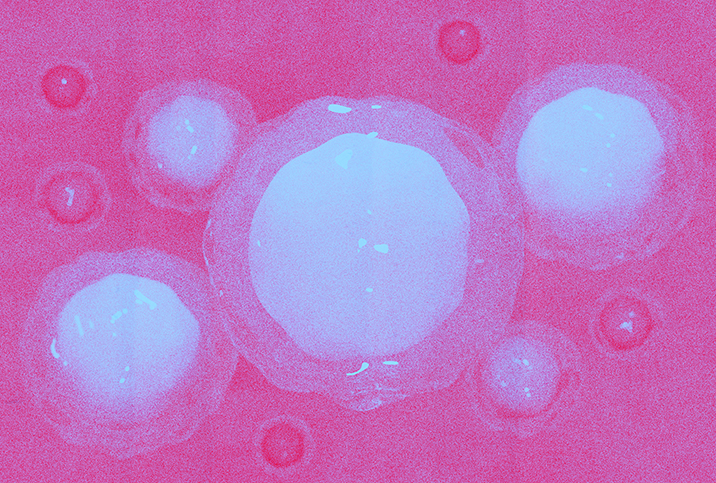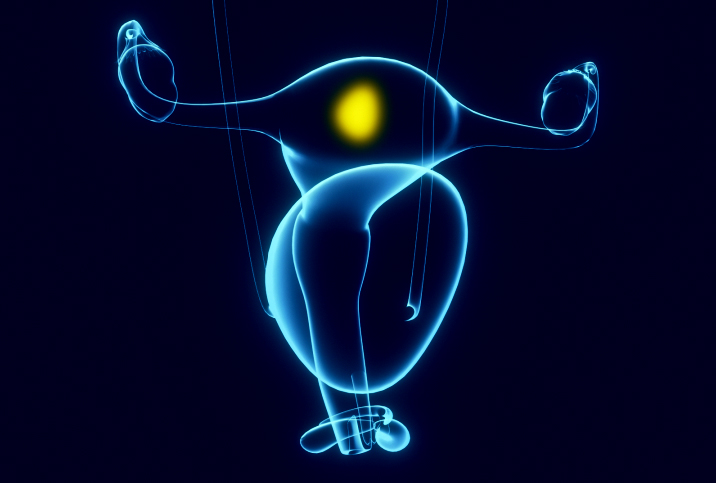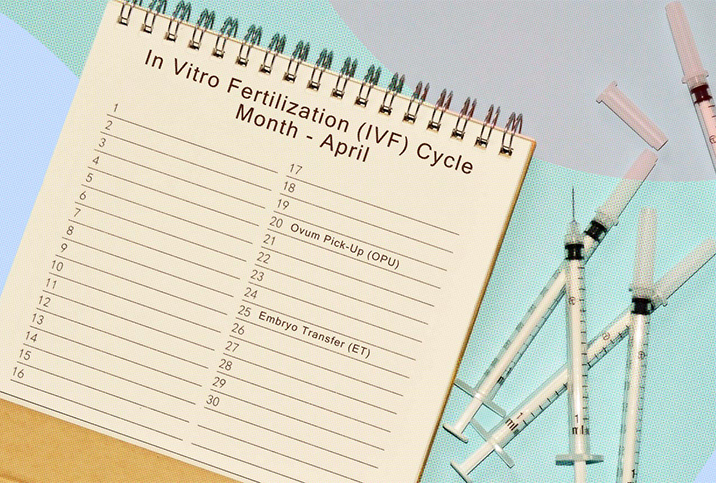Why Are Twins More Common with IVF?

In the past, the probability of getting pregnant with multiple fetuses through in vitro fertilization (IVF) was significantly higher. Technological advances have reduced the rate, but twins still remain more prevalent with IVF than with unassisted pregnancies.
How common are multiples with IVF?
For the general population, the likelihood of a pregnancy with multiples is between 1 and 3 percent. However, data released in 2013 indicate that 41 percent of viable IVF pregnancies led to the birth of multiple babies. This staggering difference is primarily due to fertility practices that have since become outdated. Nonetheless, there are still some IVF factors that increase the chances of twins or triplets.
Fraternal twins with IVF
In the past, it was common practice to implant more than one embryo during IVF. Doctors didn't have the means to test embryos for viability, so there was no way to know which samples were more likely to survive. By implanting multiple embryos at once, fertility specialists hoped to improve the chances of a successful pregnancy. If more than one embryo survived, fraternal twins would result.
Nowadays, fertility clinics test embryos for viability and carefully select which embryo to implant, reducing the need to use more than one at a time. In some cases, especially if the woman is over age 35, doctors may still advise implanting multiple embryos, but it doesn't happen as often as before.
Identical twins with IVF
Identical twins occur when a single embryo divides into two. The medications used for fertility treatments are associated with higher rates of identical twins, especially gonadotropins, which may increase the chances by 30 percent. Two other popular meds, Clomid and Femara, boost the chances by 5 to 10 percent.
Can you request twins with IVF?
IVF's high emotional and financial costs make some couples want to become pregnant with multiples. Having twins or triplets creates a larger family in one shot, rather than requiring another round of IVF to produce siblings. Older moms may not want to wait another year or two to have a second child.
Although some fertility clinics may permit the implantation of multiple embryos at once, it's generally discouraged. Some studies show the percentage of live births is the same whether one embryo or numerous embryos are placed. Other studies indicate that mixing a lower-quality embryo with a high-grade one could compromise the more viable embryo's success and reduce the IVF's overall effectiveness. However, the issue of how many embryos to implant remains debatable.
Twin and triplet pregnancies come with a greater risk of complications, such as preeclampsia, premature birth and cesarean section. To err on the side of safety, a fertility specialist should try to minimize the likelihood of multiples. Since the chances of twins are still higher with IVF regardless, no additional measures should be taken to aim for multiples purposefully.
Signs of a twin pregnancy
If you end up pregnant with twins or triplets after IVF, your pregnancy symptoms may seem to move along faster than average. Early weight gain and high human growth hormone (HGH) levels can indicate the presence of more than one fetus. Fertility-treatment patients are monitored more closely during early pregnancy than those who conceive naturally. Your doctor will be able to watch for any concerning warning signs and provide timely intervention as needed while your pregnancy progresses.


















